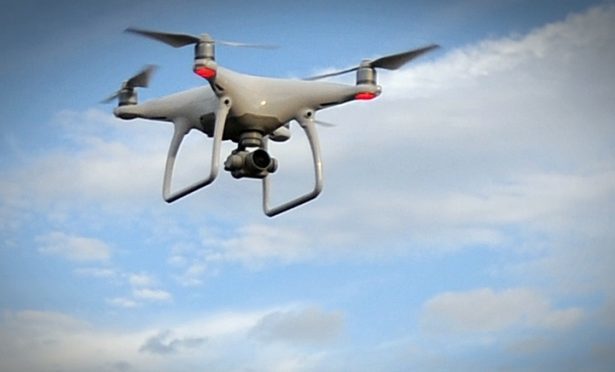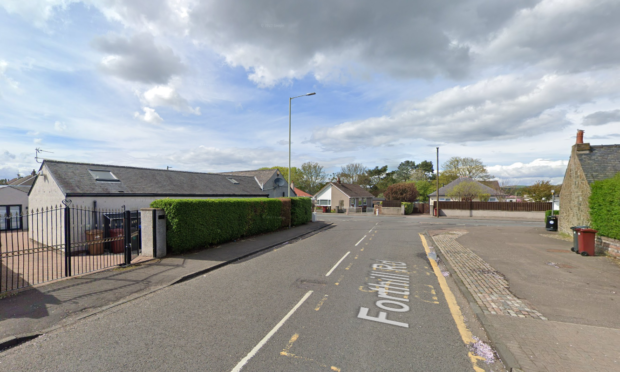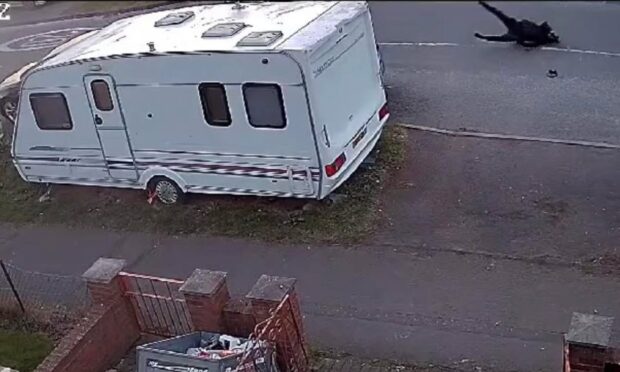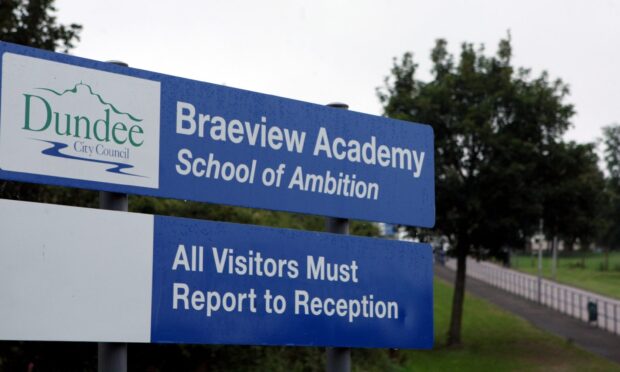A drone came within 50 metres of a light aircraft over Dundee, an official probe has revealed.
Investigators said safety “had not been assured.”
In a report published yesterday, the Piper Cherokee plane pilot said that he was descending through 1,700 feet towards Broughty Castle when a white drone with four propellers and lights came close to his aircraft.
“He took a small avoiding action turn to the left and the drone flew beneath his right wing in the opposite direction,” said the UK Airprox Board, which investigates near misses.
“The Board considered that the pilot’s overall account of the incident portrayed a situation where safety had been much reduced below the norm to the extent that safety had not been assured.”
It rated the risk of collision from the incident as B – the second highest level, where “the safety of the aircraft may have been compromised.”
The plane was five nautical miles east of Dundee Airport at the time on November 14. It said the drone was just 50 feet above it and 50 metres (164 feet) away.
It is the latest in a series of similar incidents over Scotland.
A helicopter came within 164 feet of a large weather balloon over Aberdeenshire, it was revealed last month.
The Sikorsky 92 (SK92) was seven nautical miles north of Aberdeen, when on the same level at 3000 feet, the pilot saw a reflecting object on the forward left-hand-side.
It was just 50 metres (164ft) away.
The Aberdeen air traffic controller said that the SK92 was outbound from Aberdeen when the pilot reported having to take avoiding action to avoid the object on October 29.
Last year an object – believed to be a metal balloon – came within 20 feet of a passenger plane over Glasgow.
The UK Airprox Board gave the incident its highest risk rating of A and said “providence had played a major part” in avoiding a collision.
The Airbus 319 had departed from Glasgow and was at 8300ft when an unknown object, apparently metallic, came within 20-50ft of the aircraft as it passed down the left hand side.
The pilot reported the near miss on June 27 to air traffic control and subsequent aircraft were kept clear of the area.
The Prestwick controller said that further questioning revealed that the Airbus had flown in close proximity to what they thought was a silver balloon.
The location corresponded to above the Rosyth dockyard, on the north bank of the Forth Estuary, but there were no published balloon launch sites in the area – or notices of intended launches.
The board also noted that that there were no meteorological balloons airborne in that area at that time and date and were therefore not able to ascertain the origin of the object.
There have also been increasing numbers of drone-related incidents over Scottish skies in recent years.
A passenger plane pilot coming into land at Edinburgh was alarmed to see a drone a few hundred feet away.
The Airbus A320 pilot said that he was descending when a drone was about 200ft above him and a quarter of a mile away horizontally.
The pilot of the 180-seat plane assessed the risk of collision over the incident on May 14 as “medium.”
The board said the drone was being flown above the maximum permitted height of 400ft “and within controlled airspace such that it was endangering other aircraft at that location.”
In April, it was revealed that another passenger plane came within feet of colliding with a drone over Glasgow Airport.
The Airbus A319, which carries up to 160 passengers, was at 1200 ft heading to the airport when the flight officer saw “a white drone with red stripes pass beneath and slightly to the right.”
The incident, which happened on February 23 at noon, saw the drone come within 65ft horizontally and 150 feet above the plane.
The crew reported the risk of collision as “high.”
In March the airprox board said drones came within feet of planes over Glasgow and Edinburgh.
One of the pilots told the board that he wanted a mandatory identification device to be fitted to drones “before a multi-million pound engine is destroyed, or worse.”
In the first incident on December 14, 2018, the pilot of an Embraer Legacy jet reported that he was at 3000ft providing training to a new captain.
But at eight miles north east of Edinburgh disaster almost struck.
The reported separation was nil vertically and only 20 metres horizontally. The collision risk was rated “high.”
The board gave the near miss the highest collision risk rating of A – as it did for the Glasgow incident which happened 16 days later.
Another Embraer jet was on approach to Glasgow Airport, when at about 600ft he saw an object pass between 3 and 10ft from the aircraft, and at the same level.
In February last year it was revealed that a drone came so close to a Loganair flight near Glasgow Airport the pilot feared it might crash into the aircraft.
The flight was carrying 25 people from Sumburgh in Shetland about nine miles from the airport when the captain and first officer saw the “dark or black” drone “moving in a straight line and at high speed”.
ends










